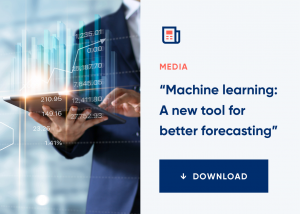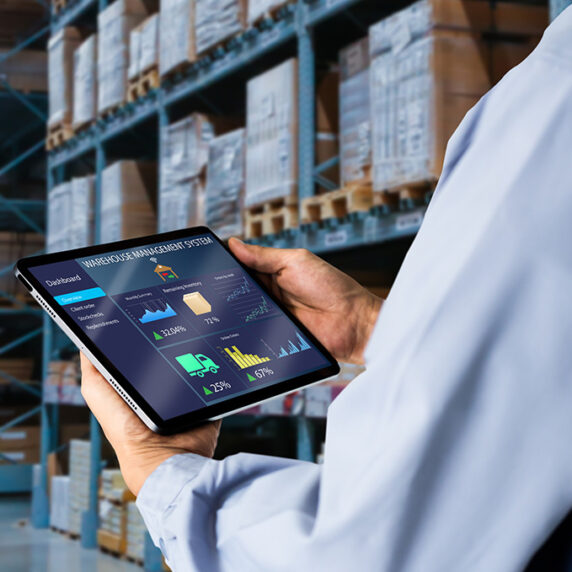Will you be a Supply Chain Disruptor or the Disrupted?
You should be interested in applying disruptive technologies in your supply chain not only at a physical level, like in transportation and logistics, but also at a more virtual level in your supply chain planning. And you should be thinking about them now, because disruptive technologies have a first mover advantage. If you are not the disruptor in your supply chain, you become the disrupted.
I’m sure you have already seen many emerging disruptive technologies, many of which could become part of our daily lives: self-driving cars, 3D printing, robots, natural language, artificial intelligence, etc. But you may not realize that many are already here today, impacting our supply chains. Some examples include:
- One year ago Amazon delivered its first Air Prime order — a TV and bag of popcorn — using a highly automated drone. It took 13 minutes from customer click to package delivery in Cambridge, UK
- A new robot called Tally has begun running up and down a store aisles counting and checking product availability
- Tommy Hilfiger has introduced virtual reality in its shops to improve shopping experience by allowing their customers to view their clothes as in a fashion show
- 3D printing (already extensively used for prototyping) is now being used in spare parts production. For instance, Daimler AG is making spare parts available to its customers all over the world with much lower lead times than before.
Specifically to Supply Chain Planning (SCP), I see it being transformed primarily by Artificial Intelligence or Machine Learning, technology that has the potential to automate SCP and make it much more autonomous.
Machine learning can not only automatically address most of today’s tradeoffs: it is starting to address new scenarios by taking advantage of data and causal relationships that have never been utilized before. Big Data has jumped out of laboratories. Strategic gathering and use of disparate data is now providing new insights and predictive analytics that were not thought possible. What are the main drivers that will allow us to use it in supply chain planning? Here are two examples:
- Internet of Things (IoT) is being particularly useful in helping companies to gather a higher amount of data, transmit and use it in a much quicker way, which is dramatically changing the way we plan.
- The automatic analysis of natural language allows us to incorporate social media data in our demand forecasting by sensing and detect changes in demand even before sales happen
These new technologies are a big step up when dealing with new product introductions, promotions, social media and advertising, since those events have an impact on demand that was traditionally very difficult to measure, preventing us from tuning our forecast accordingly. Not anymore.
As you may realize, all these changes in technology are being implemented so quickly that we are already beginning to shape the future supply chain – or should we say today’s supply chain. It will be quite different in coming years.
Back to our key question: How to include disruptive technologies in your supply chain management? You will not be able to behave like a specialist in all the technologies. You will have to act as a super-user, asking the experts to help you drive your business. Some vendors in this arena are already offering “outcome as a service”, allowing you to focus on your business and on strategic decisions.
One example is Costa Coffee. A highly automated self-learning supply chain has enabled them to not just improve their supply chain but to reinvent their coffee business. It has allowed them to offer barista-style coffee to a huge network that could not be properly manged before: in places like train stations, stores-in-stores, vending machine areas, etc.
Applying these new technologies to the supply chain will be a must for companies who want to survive in a highly competitive space. Some have already started.
You and I are living in a unique period, one that we have not seen quite like this before and may not see again in our lifetimes. Seize the moment. Don’t be left behind.
If you would like to read more about how machine learning can help you solve complex supply chain planning problems, click below for an article from CSCMP Quarterly:







